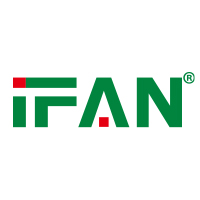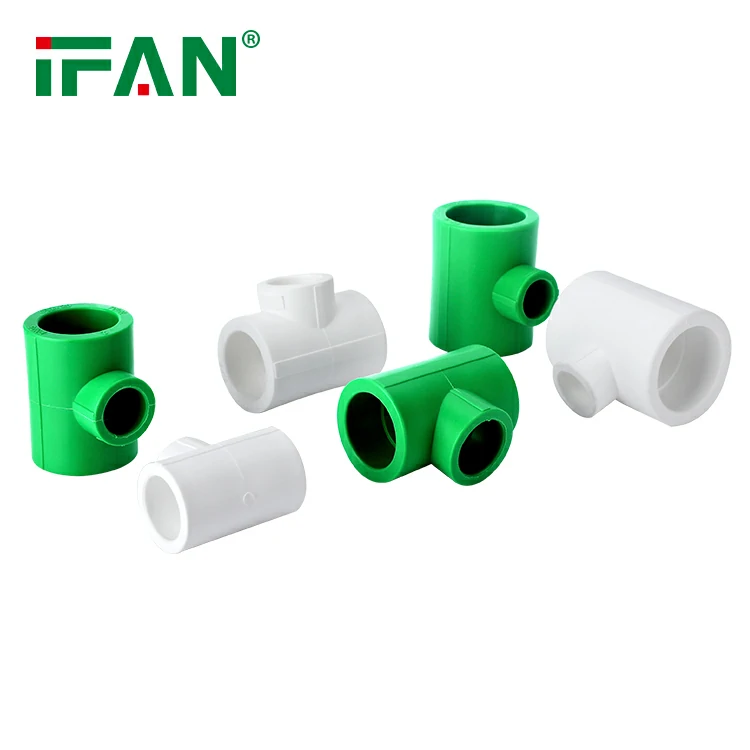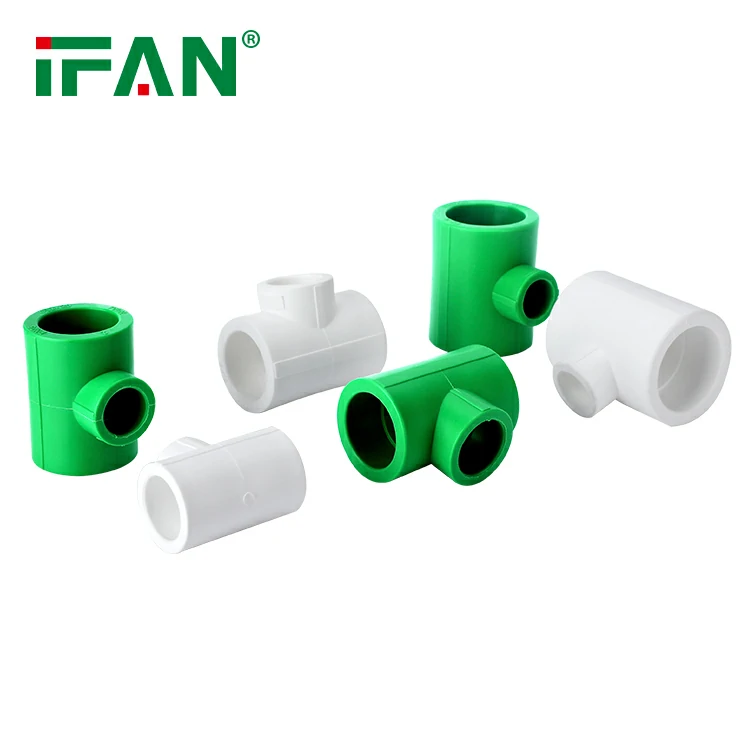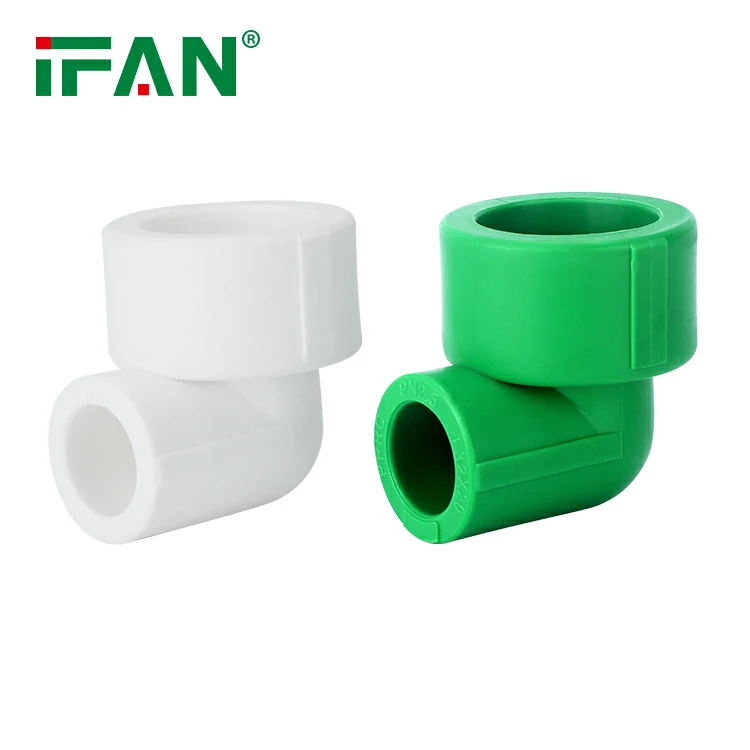Water scarcity is a pressing issue worldwide, and countries are constantly looking for ways to optimize water usage and minimize losses in their distribution systems. In response to this, the Ministry of Water Resources has welcomed the introduction of a new PPR fitting system aimed at reducing water loss in municipal and industrial water supply networks. Polypropylene Random Copolymer (PPR) fittings are becoming increasingly popular due to their durability, resistance to corrosion, and ease of installation. This article explores the significance of the new PPR fitting system, its role in water conservation, and how it will positively impact water management and infrastructure development.
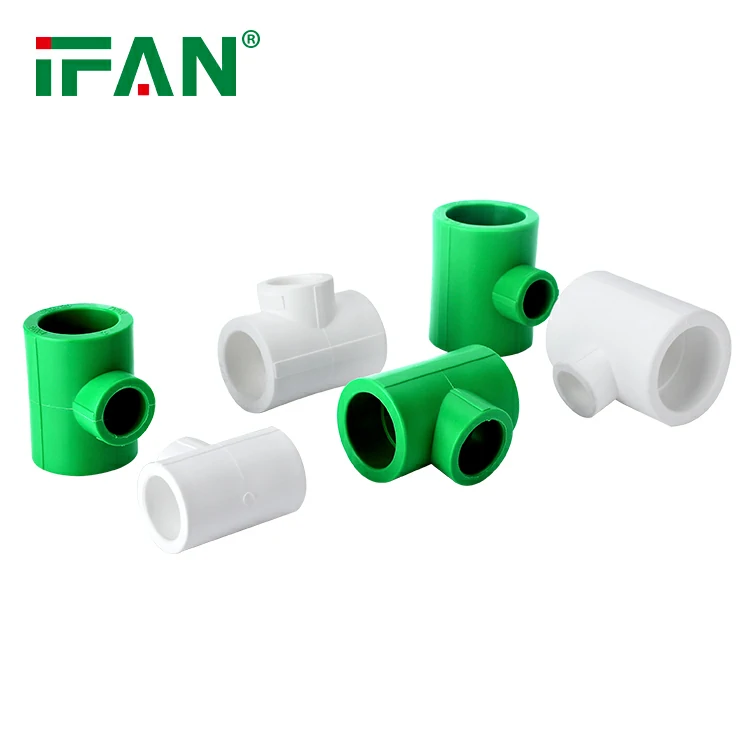
Understanding the PPR Fitting System
PPR fittings are an integral part of modern plumbing systems, used to connect and seal pipes for water distribution. Unlike traditional metal fittings, PPR fittings are made from a high-performance plastic that is resistant to corrosion, scaling, and chemicals. This material makes PPR fittings an excellent choice for both hot and cold water systems, ensuring longer-lasting and more reliable infrastructure.
The new PPR fitting system introduced by the Ministry of Water Resources offers several advantages, particularly in reducing water loss, which is a significant concern in many countries with aging or inadequate water supply systems. By using advanced PPR materials, these fittings provide a tight seal and are more resistant to damage over time compared to metal counterparts, preventing leaks and reducing the likelihood of water wastage.
The Role of PPR Fittings in Reducing Water Loss
Water loss in distribution networks occurs primarily due to pipe leaks, which can be caused by several factors such as corrosion, pressure fluctuations, or physical damage. According to various studies, up to 30% of water can be lost in certain regions due to inefficient water infrastructure. This wasted water not only leads to higher operational costs but also exacerbates the water scarcity issues in areas that already struggle to meet demand.
The Ministry’s decision to embrace the PPR fitting system is a proactive step toward tackling this problem. The benefits of PPR fittings in reducing water loss include:
- Durability and Long Lifespan: PPR fittings are known for their long lifespan, often exceeding 50 years. This durability ensures that the fittings will not corrode, crack, or deteriorate over time, which significantly reduces the likelihood of leaks and the associated water loss.
- Leak Prevention: PPR fittings provide a tight, leak-proof seal, which is critical in preventing water from escaping the system. This tightness also reduces the chances of contaminants entering the water supply, ensuring better quality and safety for consumers.
- Resistance to Corrosion: Unlike metal fittings, PPR fittings are resistant to corrosion caused by water chemicals, minerals, and temperature fluctuations. This is especially important in regions with hard water, where metal pipes often corrode, causing leaks and water loss.
- Minimized Maintenance Costs: Due to their longevity and resistance to wear and tear, PPR fittings require less maintenance than traditional fittings. Fewer repairs mean lower costs for utilities, which can redirect funds into other water conservation initiatives.
Impact on Water Management and Infrastructure
The Ministry’s adoption of the PPR fitting system aligns with broader goals for sustainable water management and infrastructure development. Properly managing water resources is critical in areas where water scarcity is a concern, and efficient distribution systems can go a long way in addressing these challenges.
- Improved Water Supply Reliability: By using high-quality PPR fittings, the reliability of water supply networks improves. Reduced leaks and water loss mean more consistent access to water for both residential and industrial consumers.
- Reduction in Operational Costs: Water utilities can reduce costs associated with water treatment and transportation, as less water is wasted due to leaks. This reduction in waste also minimizes the need for expensive repairs and upgrades to outdated infrastructure.
- Sustainability and Environmental Benefits: Reducing water loss directly contributes to more sustainable water use. Fewer leaks mean less energy is required for water treatment and pumping, leading to a reduction in carbon emissions. Furthermore, conserving water helps protect natural water resources, ensuring their availability for future generations.
- Support for Government Initiatives: The introduction of the PPR fitting system also supports government efforts to improve public services, such as providing clean and reliable drinking water to rural and underserved communities. Improved infrastructure encourages greater investment in the water sector, which can lead to further advancements in water conservation and management.
The Future of Water Conservation
The adoption of PPR fittings is a significant step in the right direction, but there is still much more to be done in the fight against water loss. Governments and utilities must continue to prioritize upgrading aging infrastructure, implementing smart water management technologies, and promoting public awareness of water conservation practices.
The ongoing development of new materials and technologies for water systems will further enhance the efficiency of water distribution networks. As more countries adopt PPR fittings and other advanced technologies, the future of global water conservation looks promising.
Conclusion
The Ministry’s introduction of the new PPR fitting system marks a pivotal moment in Ethiopia’s ongoing efforts to address water loss and improve water distribution infrastructure. By offering durable, corrosion-resistant, and leak-proof connections, PPR fittings are an essential tool in reducing water wastage, improving the reliability of water supply networks, and contributing to sustainable water management. As water scarcity continues to pose a global challenge, initiatives like this are key to ensuring a more efficient and secure water future for all.
FAQs about PPR Fittings and Water Conservation
1. What are PPR fittings made of?
PPR fittings are made of Polypropylene Random Copolymer (PPR), a durable, corrosion-resistant plastic material ideal for plumbing and water supply systems.
2. How do PPR fittings reduce water loss?
PPR fittings create tight, leak-proof seals, preventing water from escaping the system and reducing the chances of contamination, thus minimizing water loss.
3. How long do PPR fittings last?
PPR fittings have a lifespan of over 50 years, making them a long-term solution for water distribution systems with minimal maintenance requirements.
4. Are PPR fittings environmentally friendly?
Yes, PPR fittings help conserve water by preventing leaks, reduce maintenance needs, and lower the carbon footprint by minimizing energy use in water treatment and pumping.
5. Can PPR fittings be used in both hot and cold water systems?
Yes, PPR fittings are versatile and can be used in both hot and cold water systems, making them suitable for a wide range of applications.
